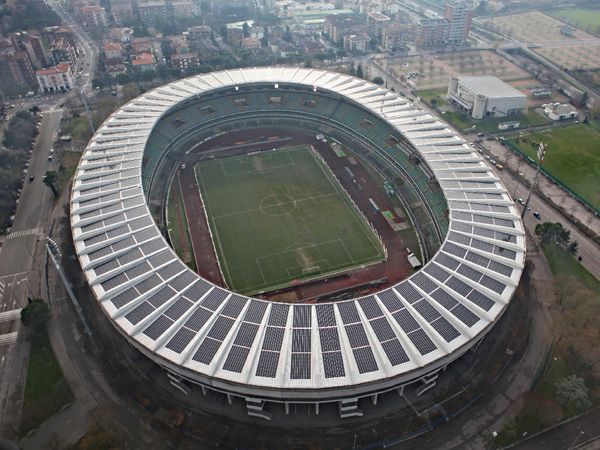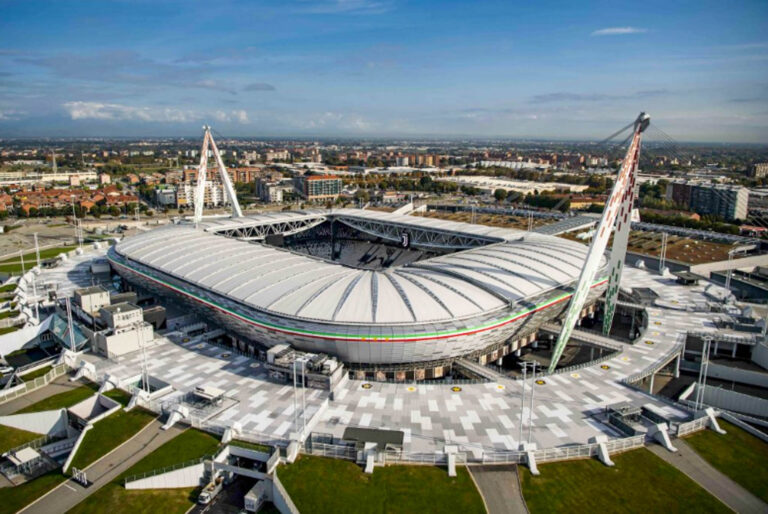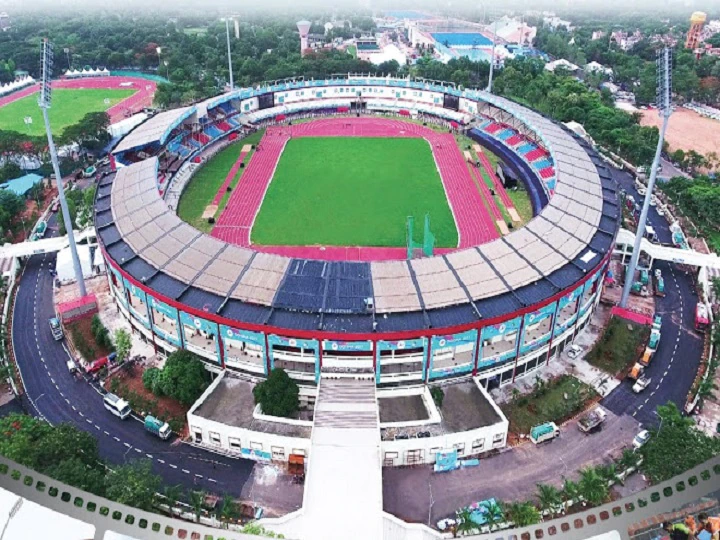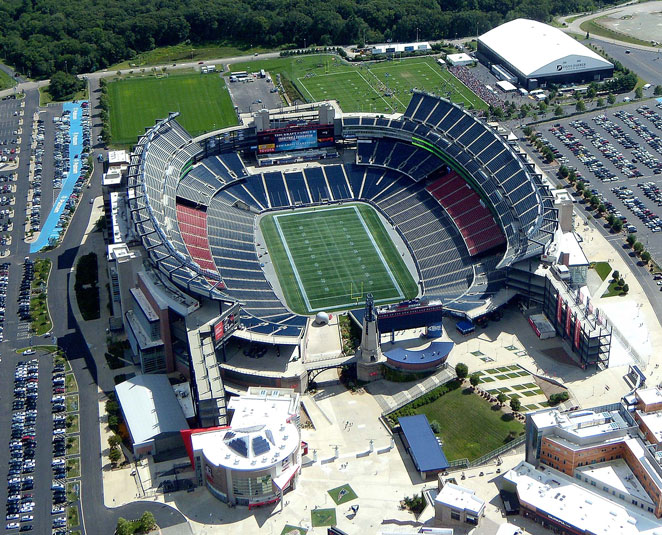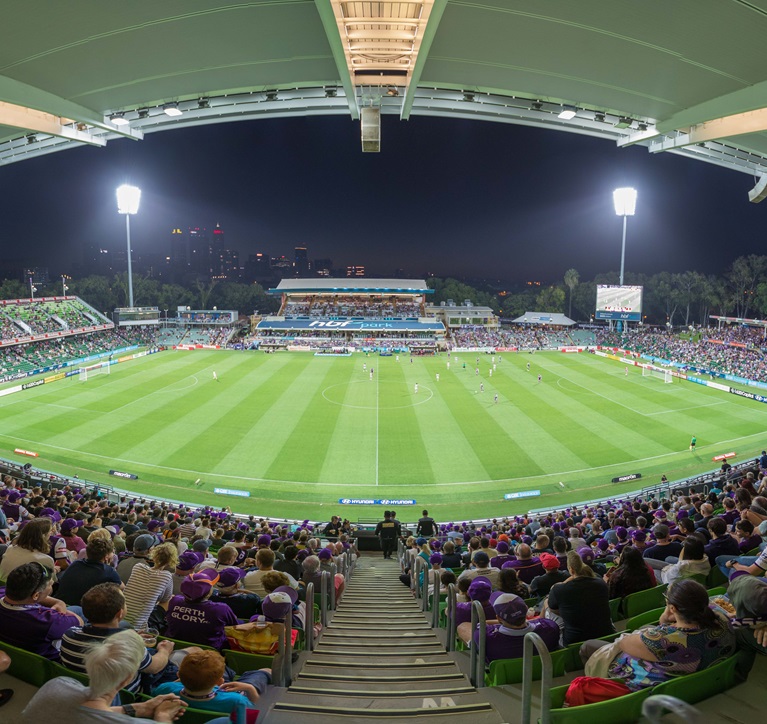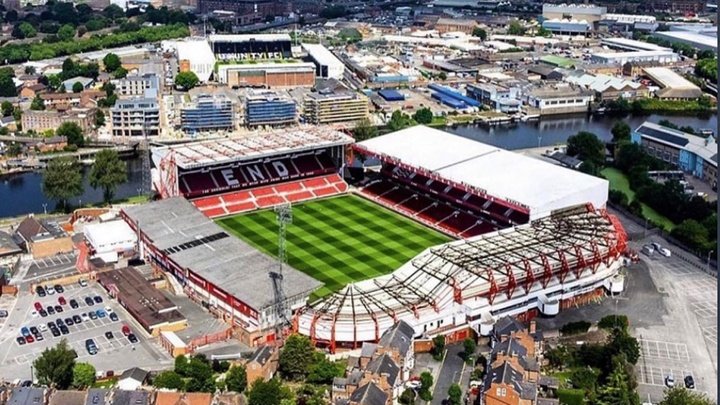Lang Park Stadium Capacity, Tickets, Seating Plan, Records, Location, Parking
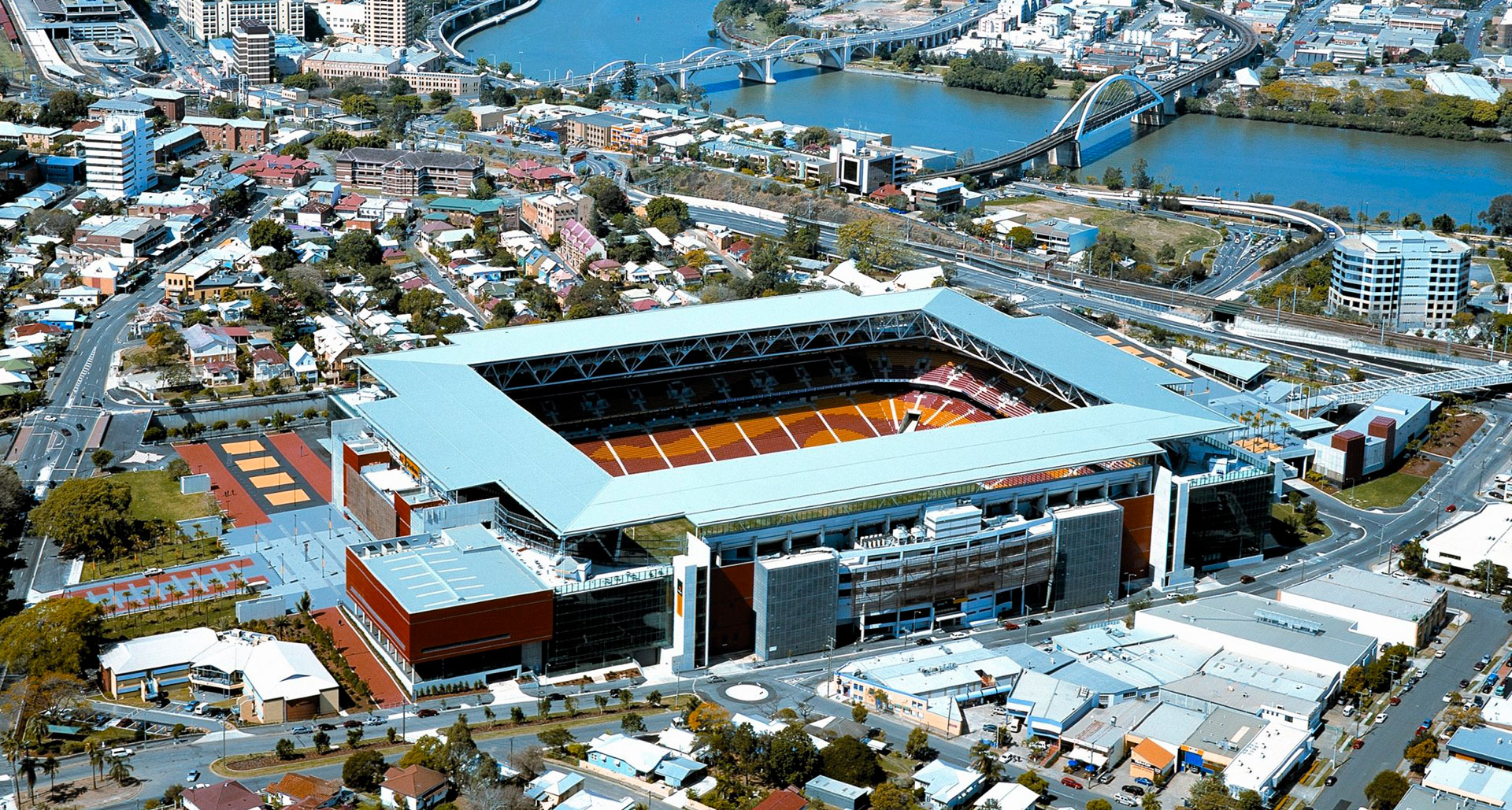
Lang Park Stadium, also known as Brisbane Football Stadium, after the sponsored name Suncorp Stadium, and nicknamed: ‘The Cauldron’, is a multi-use stadium in Brisbane, Queensland, Australia, located in the suburb of Milton. The current facility comprises a three-level rectangular sports arena with a capacity for 52,500 people. The traditional home of rugby league in Brisbane, the modern stadium is now also used for rugby union and football and has a rectangular playing field measuring 136 by 82 meters (446 by 269 ft). The main tenants of the stadium are the Brisbane Broncos, Queensland Maroons and Queensland Reds.
Lang Park was established in 1914, on the site of the old North Brisbane Cemetery, and in its early days was home to a number of different sports, including cycling, athletics and football. The Brisbane Rugby League took over the park’s lease in 1957 and it became the Queensland home of the game (which remains so to this day).
It has also been the venue for major rugby union and football matches in Queensland since its modern redevelopment, including the Queensland Reds and Brisbane Roar, and some Wallabies and Socceroos matches. It hosted the 2008 and 2017 Rugby League World Cup Finals and the 2021 NRL Grand Final. In addition to this, the ground hosted the Rugby World Cup quarter-finals and two Super Rugby grand finals, with the Queensland Reds winning on both occasions. The venue will host several matches of the 2023 FIFA Women’s World Cup, including the match for third place, as well as the football tournament at the 2032 Summer Olympics, including the gold medal matches in the men’s events. and feminine.
| Built In: | 1911 |
| Capacity: | 52,500 |
| Home Teams: | Brisbane |
| Ground Size: | 136 x 82 m |
Lang Park Stadium History
Origins
The Lang Park site was originally the North Brisbane Cemetery, and until 1875 was Brisbane’s main cemetery. By 1911 the area was heavily populated so the Paddington Cemeteries Act (1911) was introduced and the site redeveloped as a recreational site. In 1914 it was fenced off and named Lang Park after John Dunmore Lang.
The ground was leased by the Queensland Amateur Athletic Association (QAAA) in the 1920s. In 1935, the Queensland Soccer Council (QSC) became a sub-tenant of the QAAA, with a view to using it as the venue for football matches. from Brisbane (leaving their former home, the Brisbane Cricket Ground). The Latrobe Soccer Club, in turn, became a sub-tenant of the QSC and used the ground for their home games (see image below).
However, in 1937 the QSC were considering subletting Lang Park to “another football code” (probably the Western Suburbs Rugby League) as they were “dissatisfied with the financial returns… under the sublet to Latrobe – Milton Club”. Latrobe, in turn, responded that “‘If steps are not taken to introduce Ipswich clubs into competition from Brisbane this’ season… the Latrobe-Milton Club cannot accept an increase in rent at Lang Park. Give us competition to play Ipswich and my club will occupy the ground as the venue for the code”.
On February 11, 1950, the official opening of the Lang Park Police Citizens’ Youth Club was held and youth activities began due to concerns about rising juvenile delinquency. Activities such as boxing, wrestling, basketball, and gymnastics occur at these facilities to this day. Contemporary records are scant, but it appears that the QSC did not renew the lease on the land after the intervening World War II. In 1953 the Brisbane Rugby League (BRL) merged with the Queensland Rugby League (QRL).
QRL Secretary Ron McAullife negotiated a 21-year lease for Lang Park with Brisbane City Council to provide QRL with a financially viable base of operations. The park had only the most basic facilities and the QRL contributed £17,000 towards its development. Lang Park hosted its first grade rugby league game during the 1930s, with regular BRL games beginning there in 1955. In 1958, it hosted its first Brisbane rugby league grand final in which Brothers defeated Valleys 22 points to 7. A record crowd of 19,824 watched Northern Suburbs defeat Fortitude Valley at Lang Park in the BRL grand final in September 1961.
In the 1960s, Fonda Metassa was thrown out of the back of an ambulance to return to the pitch after being carried off injured in a Norths game against Redcliffe. As the QRL used the land more and more, it became unviable for use as a public recreational facility due to the deterioration of the running track. In 1962, the Lang Park Trust was created by an Act of Parliament. This allowed for the construction of the Frank Burke Stand (1962), the Ron McAuliffe Stand (1975) and the Western Grandstand (1994). The Trust had on its board a member of the Queensland Government, a member of the Brisbane City Council, two members of the Queensland Rugby League and a member of the Brisbane Rugby League.
Since the 1960s, Lang Park has hosted interstate and international rugby league, including the opening State of Origin match. Until 1972, it was the home ground of the Western Suburbs Panthers.
NSWRL/ARL years
In 1988 the Brisbane Broncos entered the NSWRL Premiership along with the Gold Coast Chargers and Newcastle Knights. The Broncos played at Lang Park from 1988 until 1992 when they moved to the 60,000 capacity ANZ Stadium, the stadium for the 1982 Commonwealth Games. The move came about due to a dispute over the Broncos’ sponsor Power’s Brewery , being a competitor of sponsor QRL XXXX.
In 1995 professional rugby league returned to normal when the South Queensland Crushers entered the newly formed Australian Rugby League premiership. The Crushers had a fairly average first season, winning six of 22 games and finishing 16 of 20. Their second season in 1996 began with promise. The team won their first two games and after losing round 3, led big brother Brisbane 8-6 at half time in front of their largest home crowd of 34,263. But the Broncos scored 4 tries in the second half to see the Crushers lose.
They only won two more games that year (rounds 13 and 14) and received the wooden spoon, a terrible end to a season that began with so much promise. Their final season, 1997, saw them compete in the ARL’s 1997 half split competition and they won another wooden spoon, finishing 12 of 12. They were wound up in late 1997 after merger talks with the Golds failed. Coast Chargers.
In 1994 the stadium’s name was changed to Suncorp Stadium, when Queensland financial institution Suncorp gained name sponsorship. The venue is currently managed by AEG Ogden. On 25 May 1997, the 1996/1997 National Football League Grand Final was played in front of a crowd of 40,446, where Brisbane Strikers FC defeated Sydney United FC 2–0.
Redevelopment
In the late 1990s it was decided that Brisbane needed a state of the art rectangular stadium. Suncorp Stadium was chosen as the site. The $280 million redevelopment began in July 2001 after the first game of the 2001 State of Origin series. The redevelopment was completed in time for the game between the Brisbane Broncos and Newcastle Knights on June 1, 2003; Brisbane’s first game at Suncorp Stadium since 1996.
The stadium is now a state-of-the-art 52,500-seat rectangular stadium, a far cry from Lang Park’s old oval with two stands set back from a perimeter street. The only remaining grandstand before the redevelopment is the Western Grandstand. The expansion of the facility resulted in the demolition of several buildings along Milton Road, including the former Brisbane City Council trolleybus depot.
During their relocation year, the Broncos recorded only one victory at the venue, against the Sydney Roosters in Round 16, 2003, as opposed to a loss at their previous home, ANZ Stadium in Round 5, 2003, against New Zealand. warriors.
After its redevelopment, questions were raised about the standard of the surface, which was soft underfoot and sandy and a number of injuries were blamed on rugby league players using it (temporarily earning the stadium the status of nickname “Sandcorp Stadium”). Before the redevelopment, the stadium was known as “The Cauldron”, and Queensland fans developed a reputation for vocal support for their teams, adding to this mythology.
The Suncorp Stadium sustained significant damage during the 2010-2011 Queensland floods with the entire pitch being covered in flood water. An electrical fire started in a transformer room due to water ingress, however there was no major fire damage. Brisbane Roar’s match with the Wellington Phoenix, originally scheduled for the weekend of 14–16 January, was postponed to 26 January, with Brisbane Roar’s remaining home matches being moved to Skilled Park on the Gold Coast.
Suncorp Stadium was out of action until the end of February, but was restored just in time for the start of the 2011 NRL season. Temporary changing rooms were installed as the original changing rooms were damaged as a result of the flooding. The original changing rooms were restored in time for the start of the 2012 NRL season.
In September 2016, it was announced that the video screens, originally installed in 2003, would be replaced. Construction of the new video screens began in March 2017 and was completed in early May 2017 in time for an NRL double header.
Stadium Capacity
Lang Park Stadium has a seating capacity of 52,500.
Lang Park Stadium Seating Plan
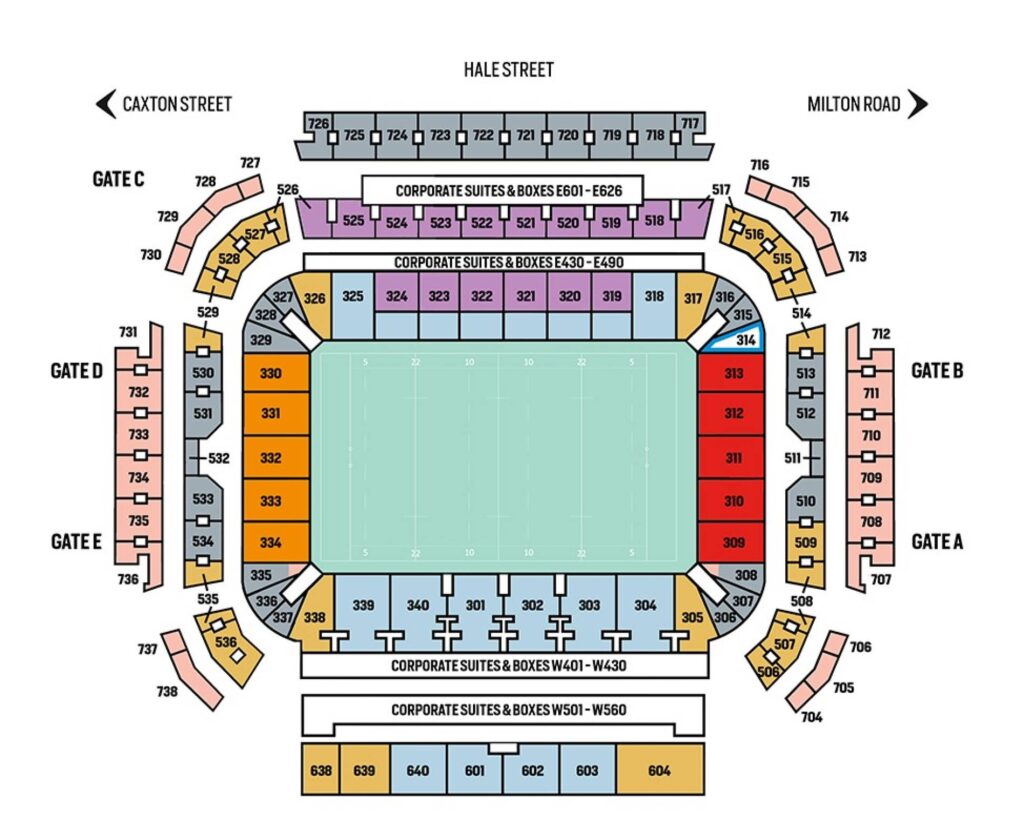
Notable Events & Records
Not Yet.
Upcoming Events
The venue will host several matches of the 2023 FIFA Women’s World Cup.
Parking
Parking lot is open until midnight for all games and concerts held at Suncorp Stadium. $20 flat fee from noon for day games or from 4:00 p.m. m. for late night games and concerts. 5 Event cards can be purchased from the front desk attendant or center management for $80.

